The Agronomists, Ep 153: Forage research and spring management with Bart Lardner and Christine O’Reilly
Real Agriculture
MAY 7, 2024
Legumes, such as alfalfa, trefoil, and sainfoin, are a great feed source, are excellent for soil health and play a role in sequestering carbon in the soil. According to emerging research by Dr. Bart Lardner, legumes in the bovine diet also lowers methane emissions, one of the components being measured in an on-going research project.

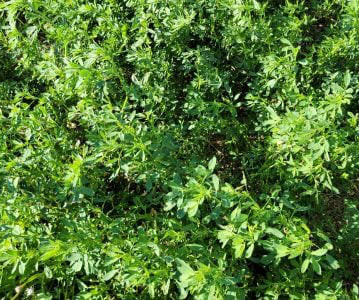

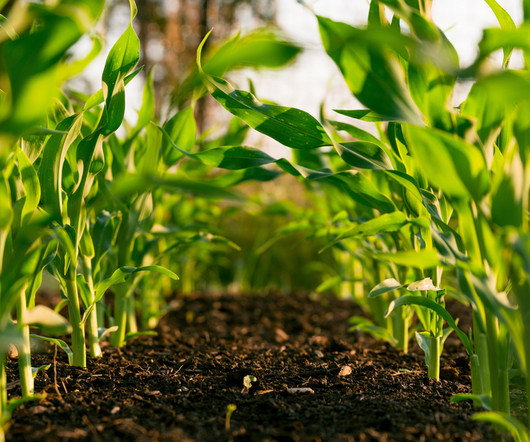
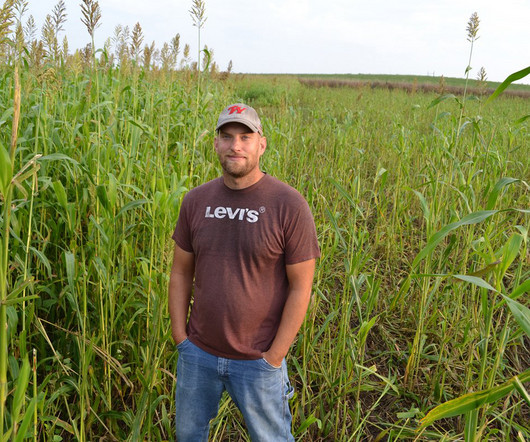


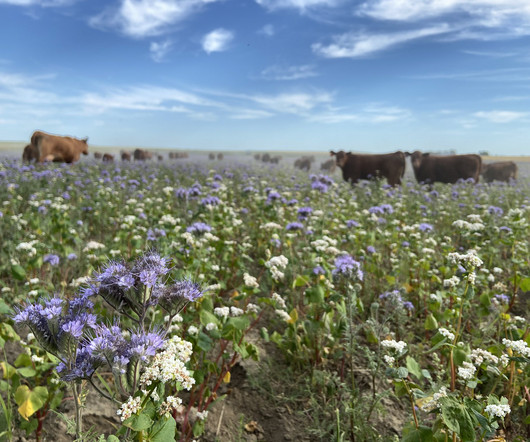


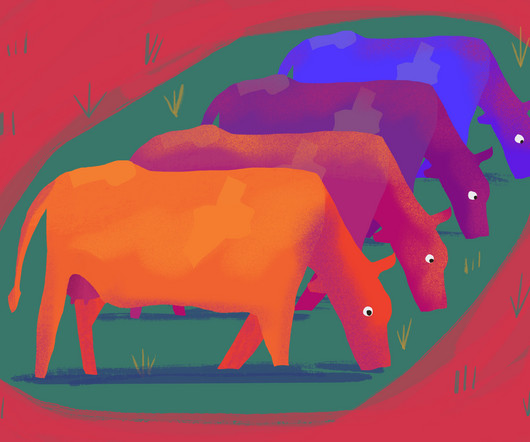



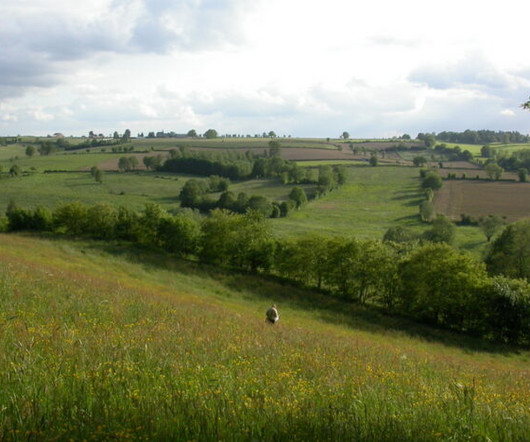
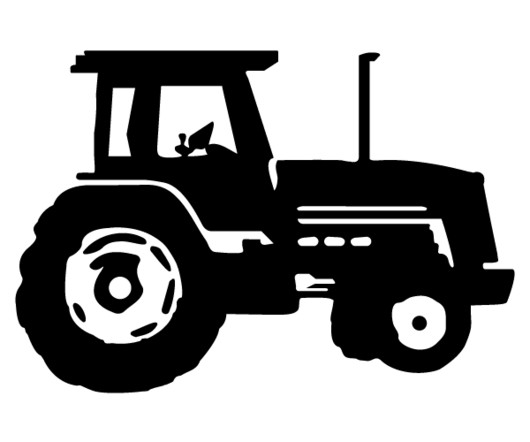

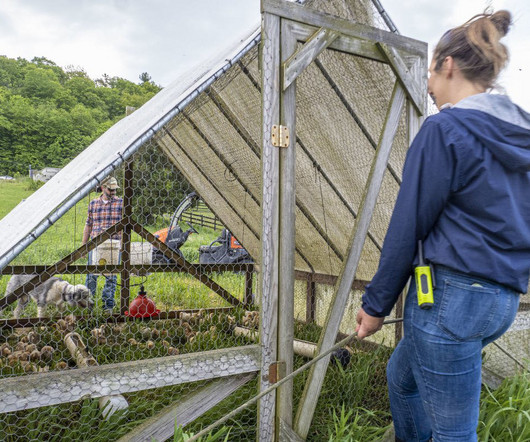







Let's personalize your content